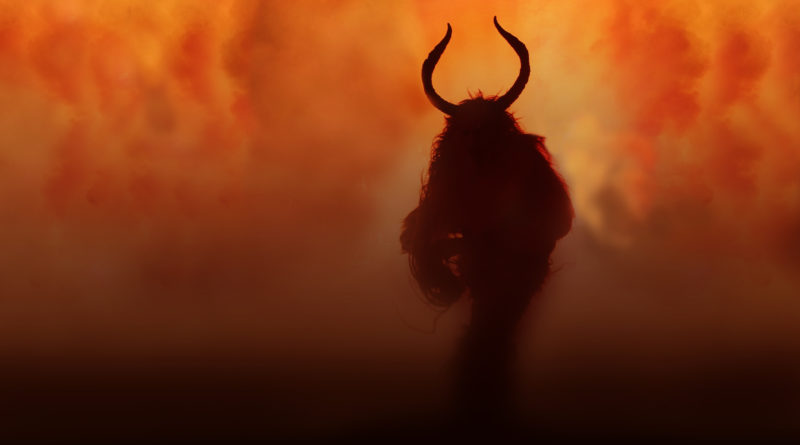Power of Resurgence: Tales of Satan Captivate Audiences Everywhere
1,390 total views, 2 views today
If there is one character that has been making a lot of appearances lately, it’s the devil himself. Satan has been slated with guest appearances in horror hits The Nun and Hereditary. Additionally, Satan served as a major plot point in a number of other series like Archie Comics Reboot, The Chilling Adventures of Sabrina, and American Horror Story: Apocalypse.
Just this past week, it was announced that Lucifer was renewed for a fourth season, paired up with a reboot of the Guillermo Del Torro fan favorite, Hellboy.
In some ways, Satan feels like it’s the season’s hottest breakout star this year. Yet, consider Satan’s popularity within the horror genre In the late ‘60s to early ‘70s. Satan appeared in a number of box office hits such as Rosemary’s Baby, The Omen, The Exorcist, and Amityville Horror. Back in those times, Satan’s likeness was seen as a response to social change. It was also viewed as a refutation of the changes created by second-wave feminism. So, why exactly is Satan making this massive splash right now?
Some suggest that a resurgence of Satan-based media is actually a response to events that are perceived as politically or culturally chaotic. You see, at times where politics and our culture feel a little more chaotic or frightening, people find more appeal to the elements of evil. In a way, these types of media can actually be seen as comforting for many people. Shows like Sabrina or Lucifer allow people to imagine both supernatural and evil elements. It’s a stark difference from your usual thinking when watching horror films.
Much like in the ‘60s and ‘70s, our political world today is quite chaotic. That being said, people aren’t lining up to see Satan again now for the same specific reasons they did back in those days. When you look at the ‘70s films, Satan was an all-powerful, corruptive, and brutal individual. He was using his power to turn people more into monsters or force things onto other people.
By contrast, today’s Satan is less of an unspeakable evil and more of a trickster. In some cases, he is even rendered as sympathetic. For example, in Lucifer, Satan is literally a good guy who actively helps law enforcement.
Our depictions of Satan change as our relationship to culture changes. He reflects an idea or topic that scares society at the current time. Kristen Sollee, author of Witches, Sluts, Feminists: Conjuring the Sex Positive, said it best when she said this about Satan (www.bustle.com):
“In 2018, Satan isn’t horrifying because he’s encouraging you to have threesomes and listen to heavy metal. He’s horrifying because he’s one selfish male figure hoarding all the power. And we already know how well that’s going to end for us.”
In the end, film’s current depictions of Satan offer us more than simply a fantasy or a scare or pure entertainment. It’s a way for us to give ourselves space to work through our fears, and our hopes.

